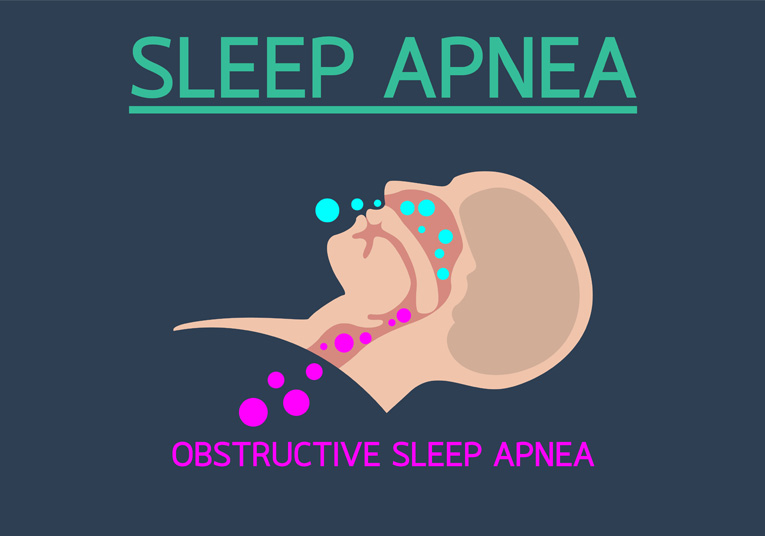Do you snore? Chances are, if you do, you might have sleep apnea. It is a sleeping disorder that affects many people worldwide. It can cause several health problems and can lead to some serious illnesses if left untreated. In this blog post, we will discuss all sleep apnea including its symptoms, risk factors, treatment options, and more!
Contents
Understanding Sleep Apnea
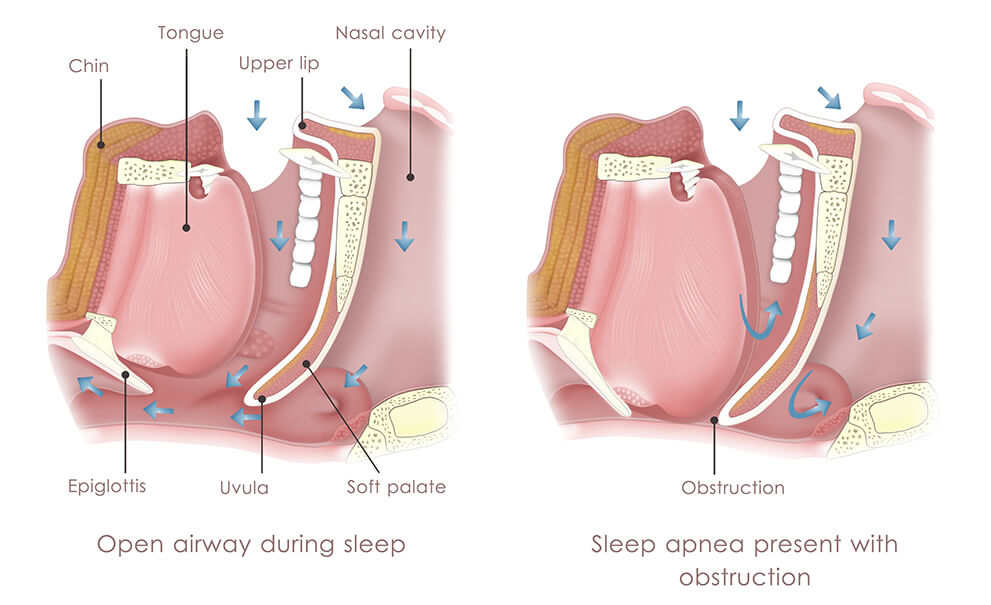
Sleep apnea is a sleep disorder that involves pauses in breathing or shallow breaths during sleep. These pauses can last for several seconds to minutes. And may occur 30 times or more per hour. Each episode reduces the amount of oxygen in your blood. This can lead to serious health problems, including heart disease, stroke, diabetes, and high blood pressure.
NOTE: It is estimated that this sleep disorder affects 18 million Americans. It is more common in men than women and becomes more common with age.
Types of Sleep Apnea
There are three types of sleep apnea:
Obstructive Sleep Apnea: The most common type of sleep apnea, obstructive sleep apnea is caused by a blockage of the airway. Usually when the soft tissue in the back of the throat collapses and prevents airflow.
Central Sleep Apnea: Central sleep apnea is a less common type of sleep apnea. It occurs when the brain fails to send proper signals to the muscles that control breathing. This type of sleep apnea is often caused by other health conditions, such as heart disease, stroke, or Alzheimer’s disease.
Complex Sleep Apnea Syndrome: Complex sleep apnea syndrome is a combination of obstructive sleep apnea and central sleep apnea.
Symptoms of Sleep Apnea
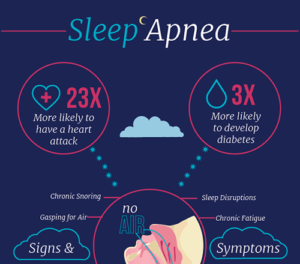
The main symptoms of this sleep disorder are excessive daytime sleepiness and loud snoring. Other symptoms include:
- Headache: A common symptom of this sleep disorder is frequent headaches.
- Dry mouth: People with this sleep disorder may experience a dry mouth and sore throat when they wake up in the morning.
- Awakening with a start: People with this sleep disorder may often awaken feeling short of breath or gasping for air.
- Trouble staying asleep at night: People with this sleep disorder often have difficulty staying asleep throughout the night.
Risk Factors of Sleep Apnea
There are several risk factors for this sleep apnea, including:
- Age: Sleep apnea becomes more common with age.
- Sex: Men are more likely to develop this sleep disorder than women.
- Weight: People who are overweight or obese are at a higher risk of developing this sleep disorder.
- Smoking: Smoking increases the risk of developing this sleep disorder.
- Alcohol consumption: Drinking alcohol can increase the risk of developing this sleep disorder.
- Family history: People who have a family history of this sleep disorder are more likely to develop the disorder.
Diagnosing Sleep Apnea
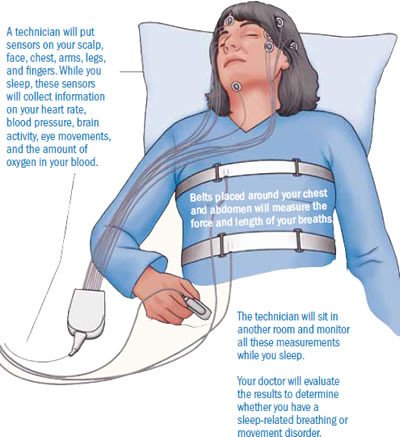
If you think you may have this sleep disorder, see your doctor for a diagnosis. Several tests can be used to diagnose this sleep disorder, including:
Sleep history: Your doctor may ask about your sleep habits and whether you snore loudly.
Physical examination: Your doctor will perform a physical examination to look for signs of this sleep disorder. Such as a large neck or an enlarged tongue.
Sleep study: A sleep study is the most accurate way to diagnose this sleep disorder. This test involves spending one or more nights in a lab while your breathing and heart rate are monitored.
Polysomnography: A polysomnography is the most accurate way to diagnose this sleep disorder. This test involves overnight monitoring of brain waves, heart rate, blood pressure, and oxygen levels.
Pulse oximetry: Pulse oximetry is a simple test that measures the amount of oxygen in your blood. This test can be used to diagnose this sleep disorder if you have signs and symptoms of the disorder.
Living With Sleep Apnea
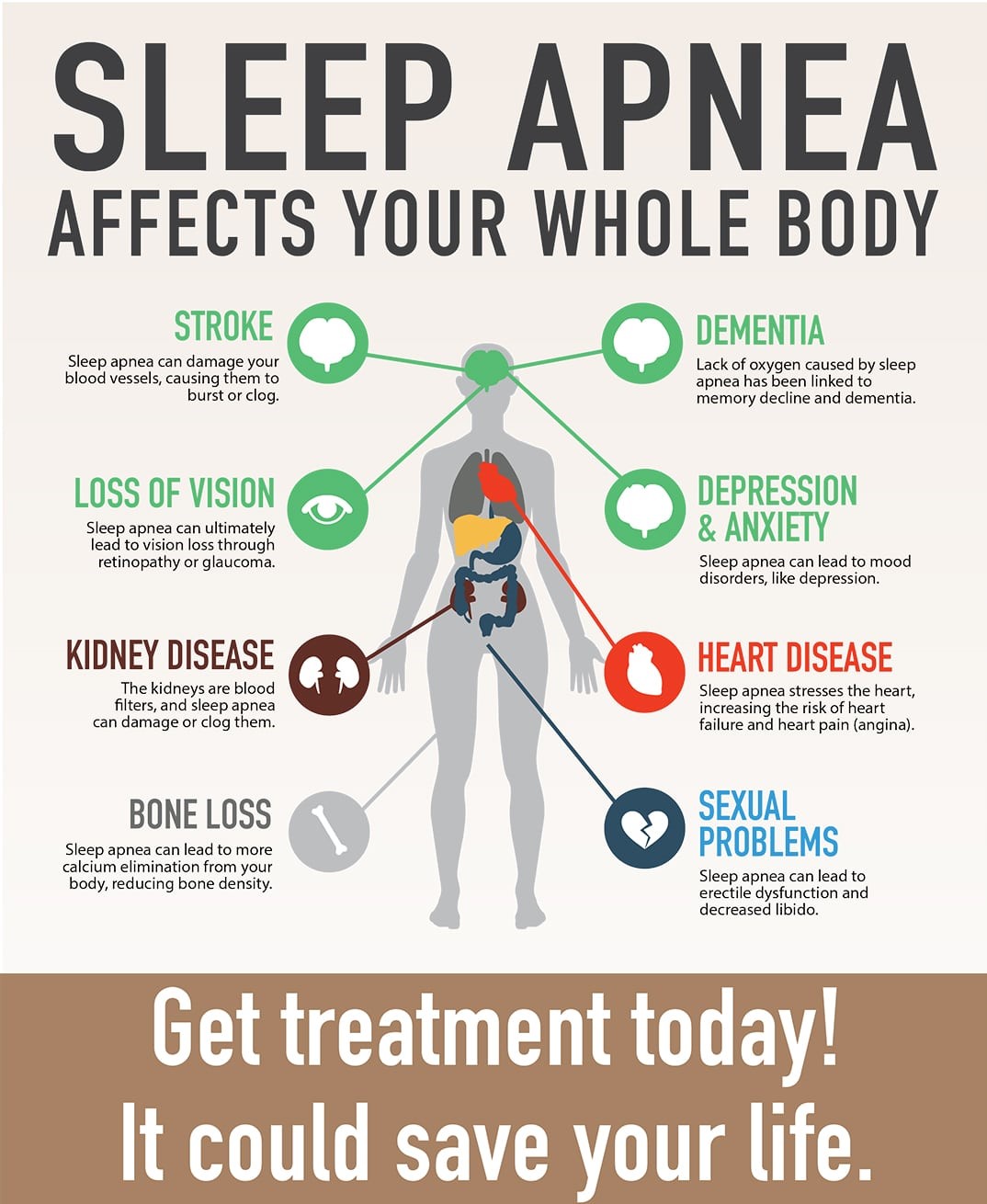
This sleep disorder can have a significant impact on your quality of life. The main ill-effects on the following are:
On Mental Health
This sleep disorder can also have a significant impact on mental health. Such as:
- Depression: People with sleep apnea are more likely to suffer from depression.
- Anxiety: People with sleep apnea are more likely to suffer from anxiety.
On Emotional Health
This sleep disorder can also have a significant impact on emotional health. Such as:
- Anger: People with sleep apnea are more likely to experience anger and frustration.
- Frustration: People with sleep apnea are more likely to feel frustrated with their condition.
On Physical Health
This sleep disorder can lead to a wide variety of physical health problems. Such as:
- Stroke: Sleep apnea is a major risk factor for stroke.
- Heart Disease: People with this sleep disorder are at an increased risk for heart disease.
- Type II diabetes: This sleep disorder may increase the risk of developing type II diabetes.
- High Blood Pressure: People with this sleep disorder are more likely to have high blood pressure.
On Quality of Life
People with this sleep disorder often report that the disorder harms their quality of life. Such as:
- Reduced energy: People with this sleep disorder often report feeling exhausted during the day.
- Inability to focus: People with this sleep disorder often have difficulty focusing and staying mentally alert.
- Reduced social life: People with this sleep disorder often have a reduced social life due to their fatigue and poor mental alertness.
- Poor work performance: People with this sleep disorder are more likely to experience problems at work due to their fatigue and inability to focus.
Coping With Sleep Apnea
There are several things you can do to help cope with this sleep disorder. These include:
Self-help Tips
Several self-help tips can help you manage this sleep disorder. These tips include:
- Losing weight: Losing weight can help reduce the symptoms of this sleep disorder.
- Sleeping on your side: Sleeping on your side can help reduce the risk of this sleep disorder.
- Exercising regularly: Exercising regularly can help improve your overall health and reduce the symptoms of this sleep disorder.
Self-help Tools
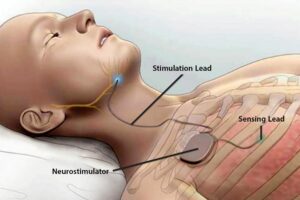 Several self-help tools can help you manage this sleep disorder. These tools include:
Several self-help tools can help you manage this sleep disorder. These tools include:
- Bilateral devices: Bilateral devices are a type of CPAP machine that delivers air to both nostrils.
- Sleep apnea mouthpiece: A sleep apnea mouthpiece is a device that fits in your mouth and helps keep your airway open.
- CPAP machine: A CPAP machine is a device that delivers pressurized air through a mask to help keep your airway open.
Natural Remedies
Several natural remedies can help you manage this sleep disorder. These remedies include:
- Tai chi: Tai chi is an ancient Chinese martial art that combines slow movements and deep breathing.
- Herbal remedies: Herbal remedies such as lavender, chamomile, and passionflower can help to promote relaxation and sleep.
- Acupuncture: Acupuncture is a type of Chinese medicine that involves inserting thin needles into the body.
- Fish oil supplements: Fish oil supplements can help to improve breathing and oxygen levels.
Talking To Professional
If you are finding it difficult to cope with this sleep disorder, talking to a professional can be helpful. Professionals who may be able to help include:
- Sleep doctors: Sleep doctors are specialists in the diagnosis and treatment of sleep disorders.
- Psychologists: Psychologists can help you manage the psychological effects of this sleep disorder.
- Pulmonologists: Pulmonologists are doctors who specialize in the treatment of lung diseases.
You may also want to consider talking to a therapist about your condition. They can help you manage any stress or anxiety that may be contributing to your this sleep disorder.
Therapies
There are several therapies available for this sleep disorder. These therapies include:
Surgery: Surgery may be recommended if CPAP therapy is unsuccessful or not tolerated.
Oral appliances: Oral appliances are a type of mouthpiece that can be used to treat this sleep disorder.
Alternative therapies: Alternative therapies such as acupuncture, herbal remedies, and Tai chi can be used to help manage this sleep disorder.
CPAP therapy: CPAP therapy is the most common treatment for this sleep disorder. It involves using a CPAP machine to deliver air through a mask to help keep your airway open.
Case Study
John is a 43-year-old man who was recently diagnosed with sleep apnea. He has been struggling to cope with the disorder and has found that it is harming his quality of life. John decides to talk to a professional about his options for treatment.
After discussing the different therapies available, John opts for CPAP therapy. He is given a CPAP machine and begins using it every night. After a few weeks, John notices that his fatigue has decreased and he can focus better at work. He is also having a better quality of sleep overall.
Studying Sleep Apnea In Children
Sleep apnea can also occur in children. It is estimated that this sleep disorder affects two to three percent of all children. The most common type of this sleep disorder in children is obstructive sleep apnea.
Causes In Children
There are several causes of this sleep disorder in children, including:
Obesity: Obesity is the leading cause of this sleep disorder in children.
Enlarged tonsils and adenoids: Enlarged tonsils and adenoids are the second leading cause of this sleep disorder in children.
Structural abnormalities: Structural abnormalities, such as a narrow airway or large tongue, can also lead to this sleep disorder in children.
Complications In Children
It can cause several complications in children, including:
Daytime sleepiness: One of the most common symptoms of this sleep disorder is excessive daytime sleepiness.
Poor school performance: Children who have this sleep disorder may struggle in school due to lack of focus and poor concentration.
Behavior problems: Children with this sleep disorder may also have behavioral problems, such as tantrums and hyperactivity.
Delayed development: It can also delay a child’s physical and mental development.
Treatment Options
There are several treatments for this sleep disorder in children, including:
Surgery: Surgery may be necessary to treat enlarged tonsils and adenoids.
Weight loss: The best treatment for an obesity-related sleep disorder is weight loss.
CPAP therapy: CPAP therapy is the most common treatment for children with this sleep disorder.
Therapeutic hypothermia: Therapeutic hypothermia may be recommended for children who have suffered a stroke or other neurological injury.
Hearing From Sleep Experts
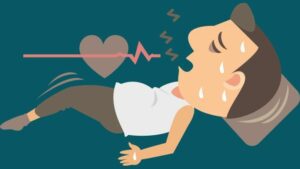
There are many sleep apnea experts that you can hear from online. Many of them have written books on the topic, and they can offer great advice on how to treat this sleep disorder.
We are quoting two experts on this sleep disorder here:
- Dr. Michael Breus, a Clinical Psychologist and Diplomate of the American Board of Sleep Medicine
- Karen Ryan, a Registered Respiratory Therapist, and Certified Apnea Educator
Role of Physical Activity
Dr. Michael Breus recommends physical activity during this sleep disorder. He says that it is one of the most effective treatments for this sleep disorder.
“Physical activity helps reduce obesity, which is a major risk factor for obstructive sleep apnea,” said Dr. Breus. “It’s also been shown to improve the quality of life for people with sleep apnea.”
Karen Ryan recommends physical activity during this sleep disorder. Because it can help to improve the quality of life for those suffering from the disorder. She also says that it is one of the most effective treatments for this sleep disorder.
“Physical activity has been shown to decrease obesity, a risk factor for obstructive sleep apnea. It can also help improve the quality of life for people with this sleep disorder.”
Books
If you would like to learn more about this sleep disorder, here are some books that may interest you:
“Sleep Disorders For Dummies” by Dr. W. Christopher Winter
“Sleep Apnea: The Complete Guide To Getting The Most Out Of Treatment” by Nancy Latham
“Sleep Apnea: A Guide For Patients And Families” by the American Academy of Sleep Medicine
“The Truth About Snoring and Sleep Apnea: A Comprehensive Guide to diagnosis and treatment” by David H. Newman, MD
“Living Well With Sleep Apnea: A Comprehensive Guide to Treatment and Prevention” by Meir H. Kryger, MD, Timothy I. Morgenthaler, MD, and Aero Therapeutics LLC
Conclusion
Sleep apnea can affect people of all ages. The most common type of sleep apnea is obstructive sleep apnea, which is caused by obesity or enlarged tonsils and adenoids. There are several treatments for a sleep disorder, including surgery, weight loss, CPAP therapy, and therapeutic hypothermia. If you suspect that you or your child may have this sleep disorder, be sure to see a doctor.
A Word From Therapy Mantra
Your mental health — Your psychological, emotional, and social well-being — has an impact on every aspect of your life. Positive mental health essentially allows you to effectively deal with life’s everyday challenges.
At TherapyMantra, we have a team of therapists who provide affordable online therapy to assist you with issues such as depression, anxiety, stress, workplace Issues, addiction, relationship, OCD, LGBTQ, and PTSD. You can book a free therapy or download our free Android or iOS app.
